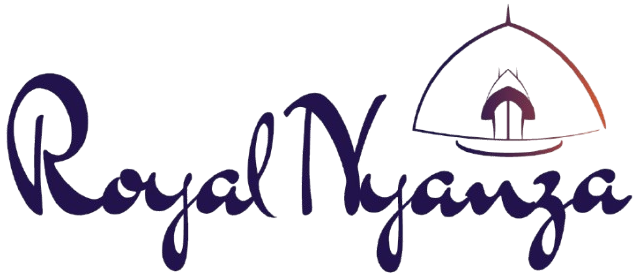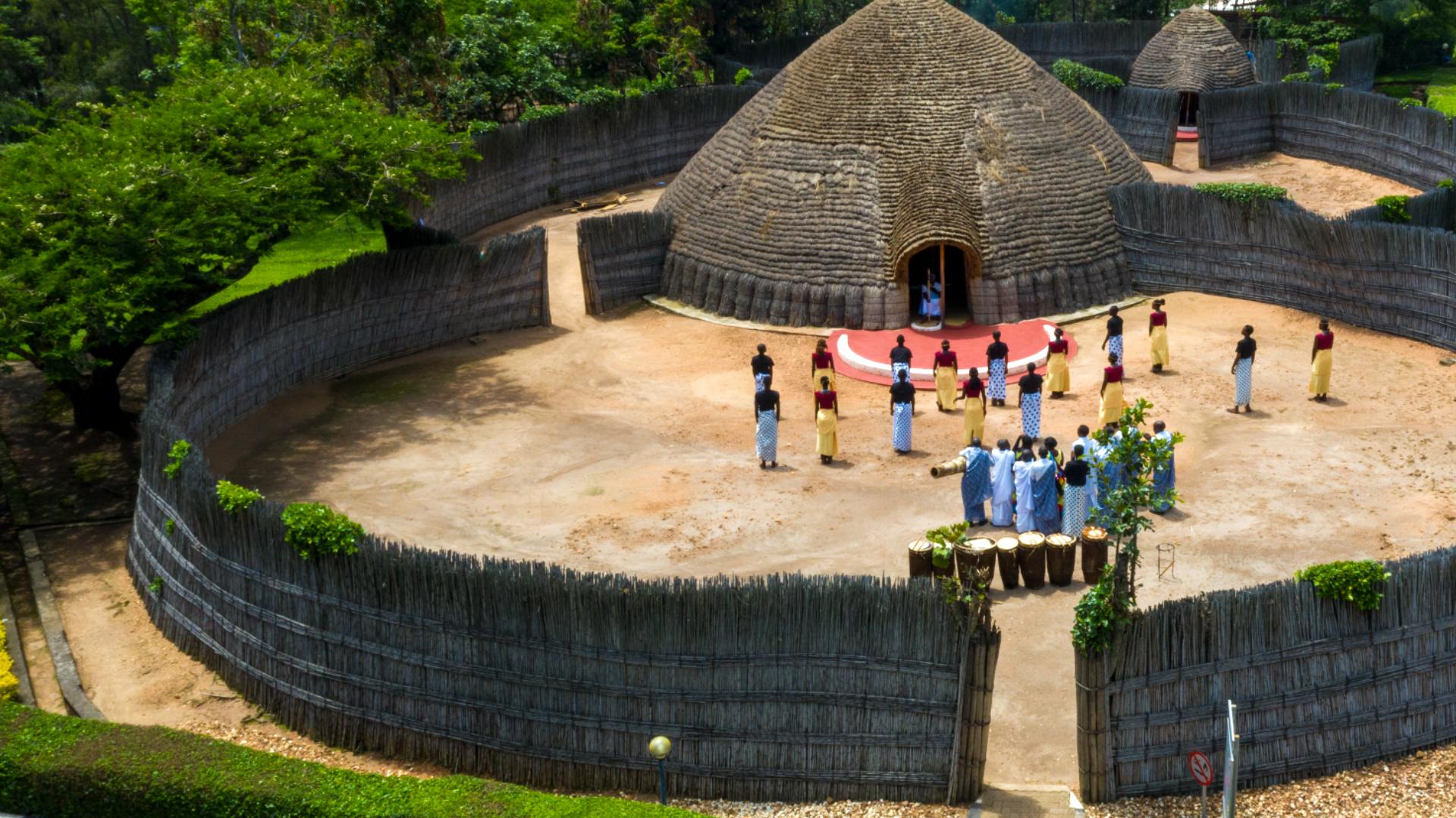
King’s Palace Museum
Nestled atop one of the scenic hills in Nyanza, the King’s Palace Museum offers visitors a unique and immersive experience of Rwanda’s royal history. Opened in 2008, the museum showcases the country’s monarchical heritage, spanning from the 15th century until the monarchy’s dissolution in 1961. With a harmonious blend of traditional and colonial architecture, as well as captivating cultural performances, the King’s Palace Museum is one of Rwanda’s most significant cultural attractions.
A major highlight in Nyanza is the reconstructed King’s Palace, a replica of the traditional royal residence. This palace is a carefully designed thatched structure, styled like a beehive, which embodies traditional Rwandan architecture. The King’s Palace is a symbol of the cultural and historical legacy of Rwanda’s monarchy. At the rear of the palace, visitors can encounter the impressive Ankole cattle, known for their long horns, which are descendants of the cattle once belonging to the king. These cows, revered and cared for with great respect, hold cultural significance and are part of a tradition in which the keepers sing to the cattle, emphasizing the close relationship between Rwandans and their animals.
More information
Kings Palace Museum
- +250 738 742 026
- Open daily from 08 - 17
- Guided tour available
- A visit takes 2-4 hours
The Rwandan Monarchy
Historically, the Rwandan royal court was nomadic, with kings and their entourage moving from one location to another. This changed in 1899 when King Yuhi V Musinga established a permanent royal residence in Nyanza, due to growing colonial pressure. By settling the royal court, King Musinga intended to solidify his power and prevent the court’s authority from being undermined by colonial forces. At that time, Nyanza was already an important settlement with a rich history, making it a suitable location for a permanent capital. Under King Musinga, the royal court became a hub for art, intellectual pursuits, and economic exchanges.
Following World War I, Rwanda came under Belgian control, and the colonial administration deposed King Musinga in 1931, partly due to his refusal to convert to Christianity. His son, King Mutara III Rudahigwa, assumed the throne and embraced Christianity, declaring Rwanda a Christian state in 1943. King Rudahigwa reigned until his mysterious death in 1959, after which his half-brother, King Kigeli V Ndahindurwa, succeeded him. Kigeli’s reign, however, was brief, as political turmoil and a Belgian-backed coup led to the monarchy’s overthrow in 1961. Today, the King’s Palace Museum stands as a testament to the legacy of Rwanda’s monarchy.
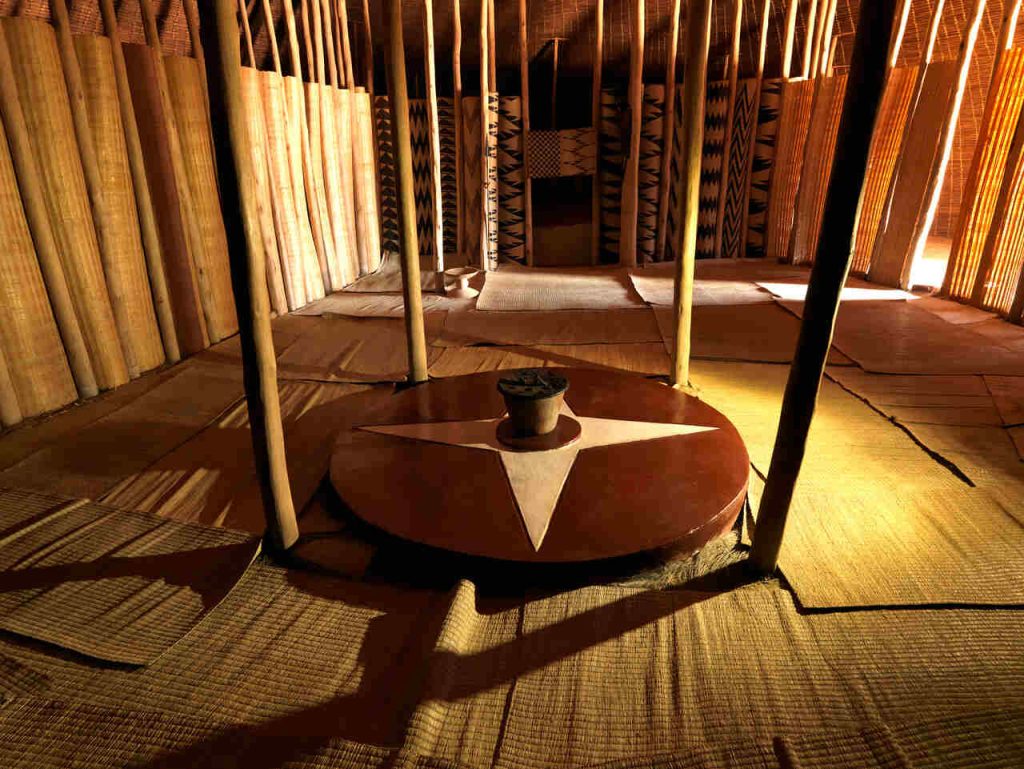
Exploring the King’s Palace Museum
The King’s Palace Museum consists of three main sections: the replica of the traditional royal palace, the Inyambo cattle enclosure, and the modern Art Deco palace. Each section offers a unique insight into different aspects of Rwanda’s royal heritage.
The Traditional Royal Palace
Visitors begin their journey at the replica of the traditional royal palace, a large, thatched structure designed in the style of the late 19th century. This impressive building was constructed using traditional materials and methods, reflecting the architectural style employed by King Musinga when he first established his court in Nyanza. The palace compound includes beehive-shaped huts where milk and beer were traditionally prepared. This replica palace provides a glimpse into the past, allowing visitors to imagine life at the royal court during Rwanda’s monarchical era.
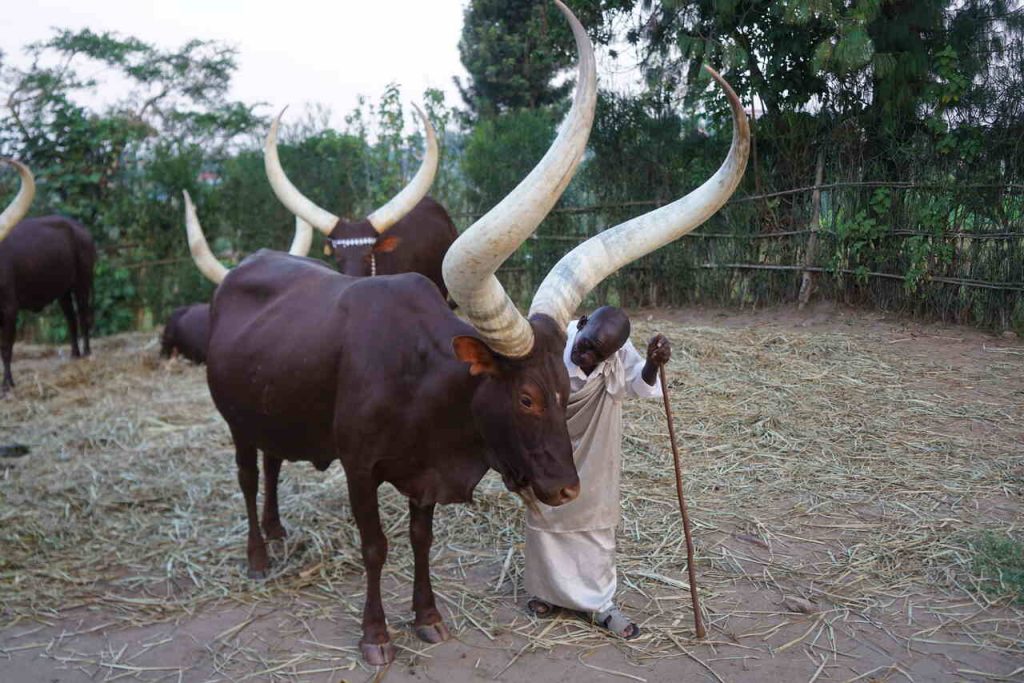
The Inyambo Cattle Herd
Behind the traditional palace lies the Inyambo cattle enclosure, where visitors can see the magnificent long-horned cows, descendants of the king’s herd from the 1950s. Known as Inyambo, these cows are a symbol of Rwanda’s cultural heritage, bred and cared for by the Rwanda Agriculture Board. The cattle trainers maintain customs that were integral to royal ceremonies, such as adorning the cattle with jewelry and singing to them. These performances, which include traditional songs and poems, are a nod to the ceremonial parades held during the monarchy.
The Modern Art Deco Palace
The final stop on the museum tour is the Art Deco palace, a structure built in 1932 for King Mutara III Rudahigwa. This palace contrasts with the traditional thatched palace, showcasing a colonial influence in its design. It has been preserved as it was during the king’s lifetime, with rooms furnished to reflect the daily life and official duties of the king and his family. Visitors can explore exhibits detailing the monarchical period, including artifacts related to the king’s reign and replicas of furnishings lost during the 1994 Genocide Against the Tutsi. Photography is not allowed inside the Art Deco palace, but visitors are welcome to enjoy other areas of the museum.
Nyanza’s Cultural Legacy Today
While Nyanza’s hills are no longer populated with traditional roundhouses, and the royal court has dispersed, the city remains an essential center of Rwandan culture. Modern Nyanza reflects the legacy of its royal past, attracting visitors who seek to understand Rwanda’s historical roots. The reconstructed King’s Palace is not only a symbol of Rwanda’s heritage but also a place where people can reconnect with the traditions of the past. Today, Nyanza serves as a bridge between Rwanda’s ancient monarchy and its contemporary culture, drawing in tourists and locals alike who wish to explore the region’s historical significance.
Nyanza stands as a testament to Rwanda’s cultural and historical evolution. From its establishment as a royal capital by King Musinga Yuhi V to its continued importance as a cultural hub, Nyanza offers a unique perspective on the country’s past. The city embodies the resilience of Rwandan traditions, showcasing the enduring influence of the monarchy and providing a meaningful connection to the nation’s heritage. For anyone visiting Rwanda, Nyanza is a must-see destination that captures the essence of the country’s rich history and vibrant culture.
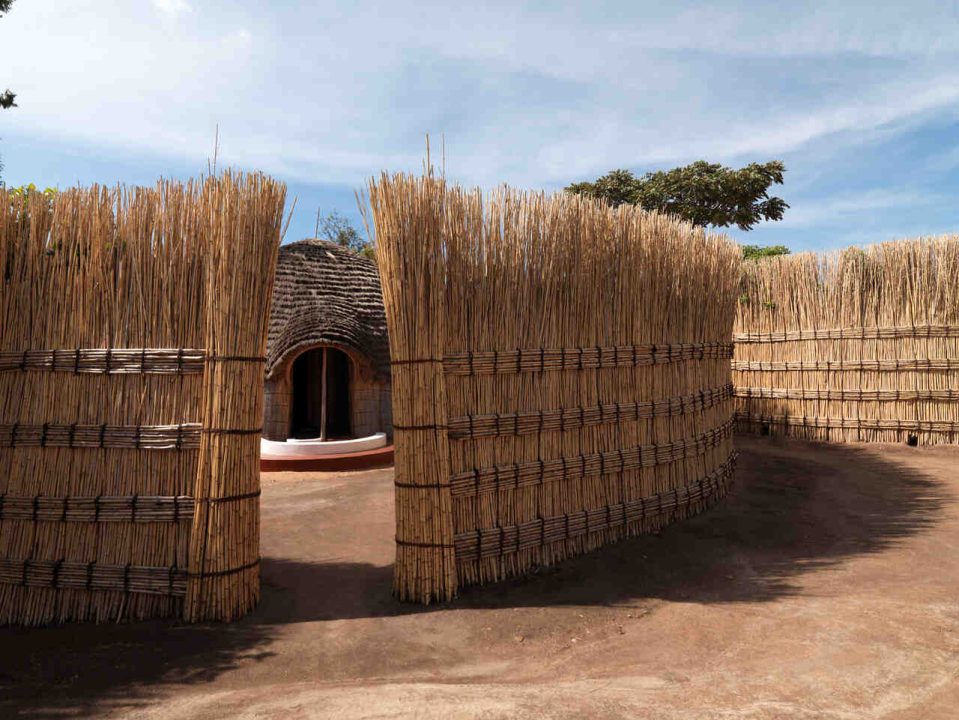
Visiting the King’s Palace Museum
While visitors can explore the museum at their own pace, a guided tour is highly recommended. Knowledgeable guides offer valuable insights into the history and significance of each section of the museum, bringing to life the stories of Rwanda’s past kings and their contributions to the nation. Tickets can be purchased at the museum reception or online, with options for combination tickets to include other museums in the Southern Province.
To make the most of the experience, visitors should check the schedule for special activities, such as traditional dance performances, sorghum grinding, and milking demonstrations. These hands-on activities offer a more engaging way to connect with Rwandan culture. Photography is generally permitted in most areas, and the traditional palace and Inyambo cattle enclosure provide excellent photo opportunities.
For those interested in souvenirs, the museum gift shop offers a range of locally made products, and the on-site café serves refreshments for a relaxing break after the tour. The King’s Palace Museum, with its blend of history, culture, and tradition, is a must-visit destination that offers a memorable experience of Rwanda’s royal past.

